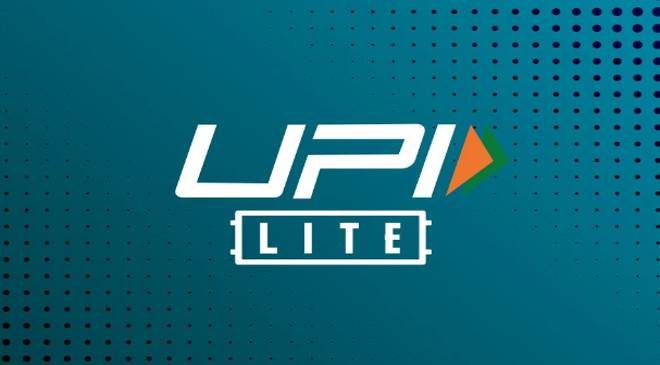UPI allows users to instantly transfer funds between different bank accounts through their mobile phones. Meanwhile, UPI Lite acts as an on-device wallet for small-value transactions.
UPI vs UPI Lite: As we all know the National Payments Corporation of India (NPCI) has launched two versions of a digital payment system: UPI (Unified Payments Interface) and UPI Lite. These payments are used for digital transactions in India and become an essential part of daily transactions for many because of the convenience of many users.
Read More: Ola Electric to announce Q1 results on August 14 in first board meeting after listing
What Is UPI?
It is a full-featured service working 24*7 which allows users to instantly transfer funds between different bank accounts through their mobile phones. Users can use various methods like a virtual ID, bank account number, mobile number or QR code to send money through UPI, and you can manage multiple transactions in one mobile app.
It is important to note that the specific transaction limits may vary across different banks. Users can perform up to 20 UPI transactions within 24 hours. Once this daily limit is reached, no additional transactions can be made. However, it’s important to note that transaction limits may vary between different banks.
NPCI has set a maximum transaction limit of Rs. 1 lakh per day for UPI transactions. This means that the total value of all UPI transactions initiated by a user in a day cannot exceed Rs. 1 lakh.
Read More: Petrol, Diesel Fresh Prices Announced: Check Rates In Your City On August 11
What Is UPI Lite:
It is a simplified version of UPI designed for small-value transactions. It acts as an on-device wallet for small-value transactions. You can add funds to your UPI Lite from any linked bank account. You can make transactions up to Rs 500 per transaction, and you can add up to Rs 4000 in a day.
UPI vs UPI Lite: Who Can Use It?
Customers of all UPI Member banks with NPCI can access UPI through TPAP applications such as BHIM, Google Pay, Paytm, PhonePe, and others, as well as through the mobile banking apps of member banks. Adding Further, the UPI Lite feature is now available on the BHIM app and certain other TPAPs like Paytm. Currently, this feature is accessible to customers of eight banks.
Read More: Cisco to lay off thousands more in second job cut this year: Report
UPI PIN:
A 4 to 6-digit PIN is required for UPI transactions. However, with UPI Lite, you can send money without needing a PIN.
UPI vs UPI Lite
| Feature | UPI | UPI Lite |
|---|---|---|
| Send and Receive Money | Transfer funds using bank accounts. Supports sending money and receiving credits/refunds. | Transfer funds using bank accounts. Supports sending money and receiving credits/refunds. |
| Transaction Limit | Daily limit of up to Rs 1 lakh with a maximum of 20 transactions. | Daily limit of up to Rs 4,000 with a maximum of Rs 500 per transaction. |
| Use of PIN | PIN is required for each transaction to ensure security. | No PIN is required for transactions. |
| Transaction History | Recorded in the bank passbook and the payment app’s history section. | Transaction records available in the Paytm app and through daily SMS. |
| Availability | Supported by over 300 banks and major payment apps. | Supported by 9 banks including Paytm and BHIM. |
Transaction History:
Customers can view their payment history through major payment apps and banks using UPI. Meanwhile, the UPI Lite users can access their transaction history via the Paytm app and receive daily SMS updates.





































